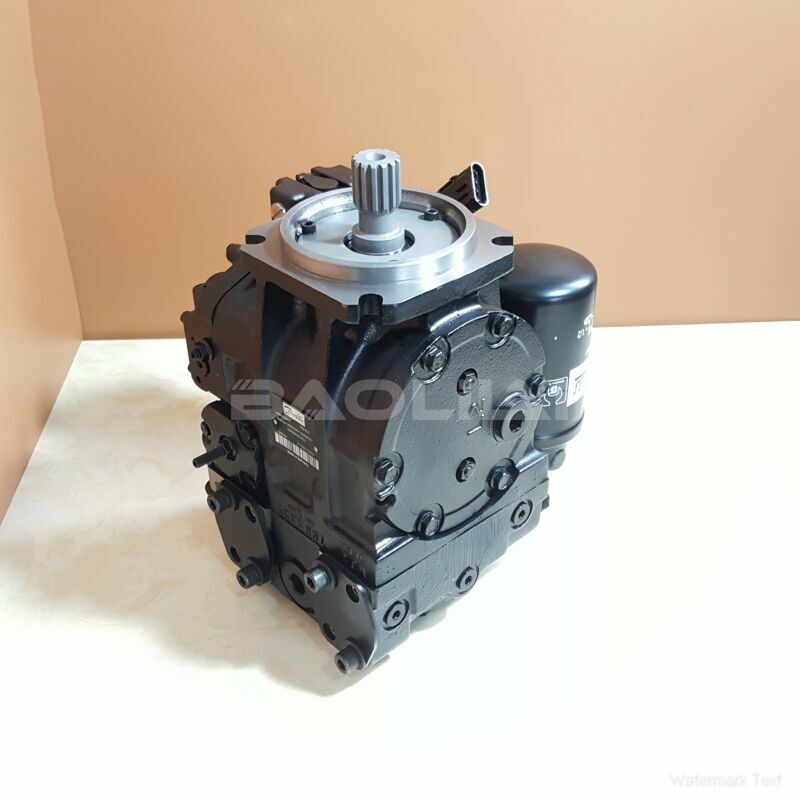90L130HF5BC80S3C8F03GBA353524 sauer danfoss pump
90L130HF5BC80S3C8F03GBA353524 sauer danfoss pump

- Product Details
- Applicable Scene
In recent years, the demand for sustainable energy solutions has led to increased interest in hydraulic pump systems as a viable option for low-impact energy production. These systems harness the power of water, typically through hydroelectric processes, to generate electricity with minimal environmental disruption. To design an effective hydraulic pump system for low-impact energy production, several critical factors must be considered: site selection, system design, efficiency optimization, and environmental impact assessment.
90-L-130-HF-5-BC-80-S-3-C8-F-03-GBA-35-35-24
90L130HF5BC80S3C8F03GBA353524
Understanding Site Selection

80005753
The first step in designing a hydraulic pump system is selecting an appropriate site. Ideal locations generally exhibit a consistent and sufficient flow of water, whether from rivers, streams, or other water bodies. When choosing a site, it is crucial to assess the water flow rate, seasonal variations, and the potential for ecological disturbance. Locations that avoid sensitive habitats or protected areas can help mitigate environmental impacts.
System Design Considerations
Once a suitable site has been identified, the next stage is to design the hydraulic pump system itself. Various systems are available, including traditional hydropower, run-of-the-river systems, and micro-hydropower installations. Each option has its advantages and drawbacks:
Traditional Hydropower: Suited for larger scales, these systems often include dams and reservoirs, which can impact local ecosystems. However, they generally produce more energy.
Run-of-the-River Systems: By utilizing the natural flow of rivers with minimal alteration, these systems significantly lessen ecological impacts, though they may generate less energy compared to traditional models.
Micro-Hydropower: Ideal for rural or remote locations, these smaller systems typically operate with lower flow rates and have lower environmental footprints, making them a good choice for small communities.
Selecting the appropriate type relies on the specific context of the project, including energy needs, budgetary constraints, and environmental goals.
Efficiency Optimization





